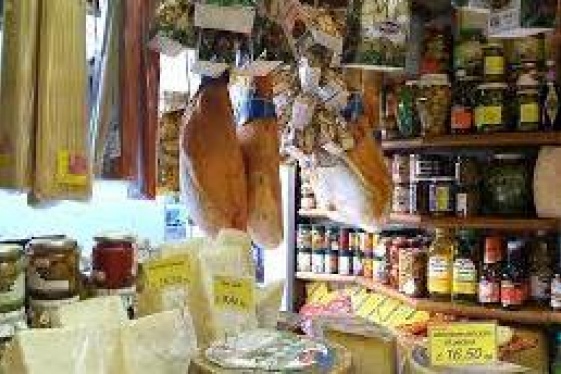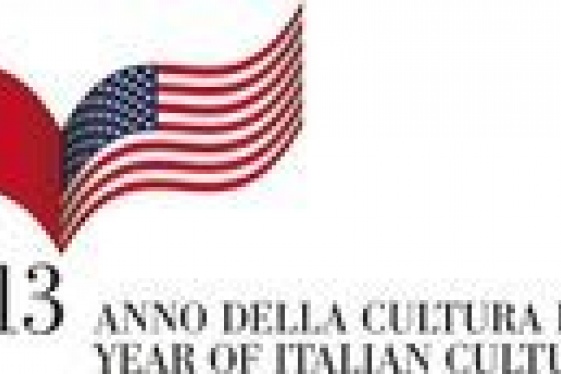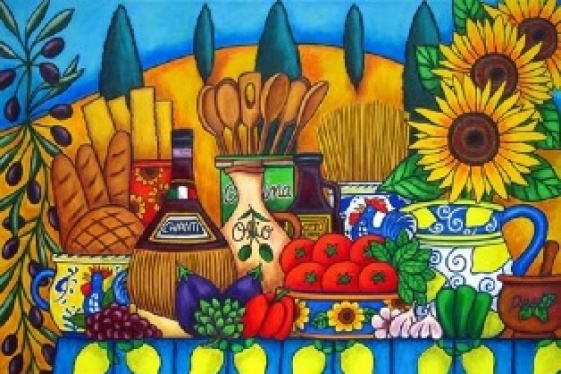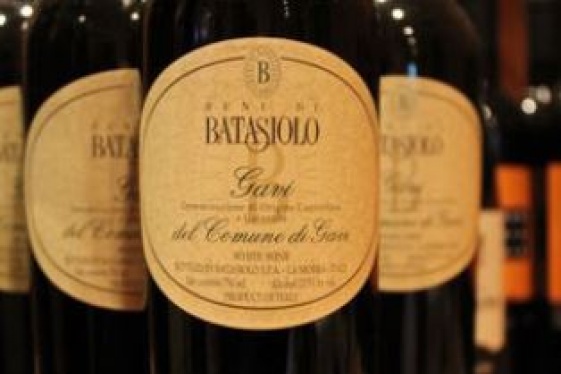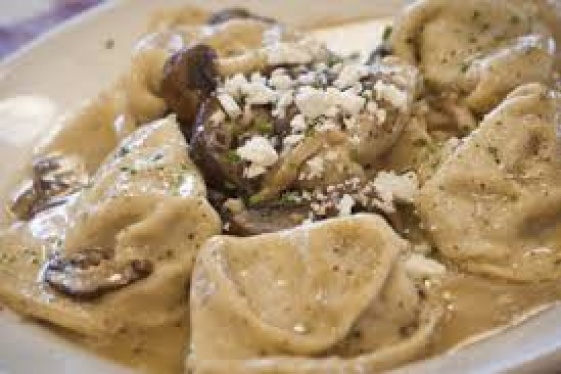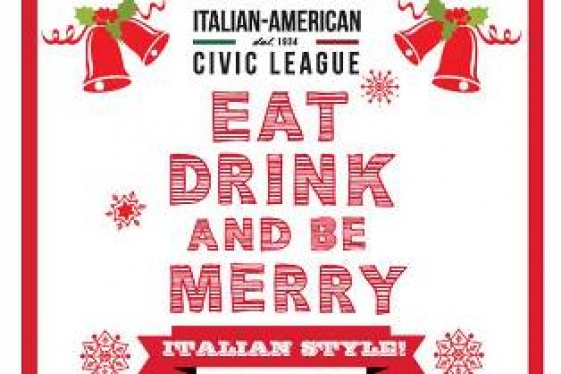

The origins of the three different breeds of Vitellone Bianco dell'Appennino Centrale IGP (White Veal from the Central Apennines) are ancient and distinct. The Romagnola breed comes from the Caucasus region of the Ukraine and arrived in Italy with Agilulf’s Lombards in the fourth century A.D.
However, it was the engineer Leopoldo Tosi, who created the first core of Romagnoli cows with a character that made them suitable for working as well as producing excellent meat.
The Chianina, conversely, seems to be an Anatolian breed from Asia, or rather from present day Lebanon, and they came over with the Phoenicians, who mingled with the Etruscans.
Finally, the Marchigiana breed is the result of a cross between the Chianina and Romagnola breeds that took place at the beginning of the twentieth century. Vitellone Bianco dell'Appennino Centrale is a brand and a name that indicates, certifies and guarantees meat from Chianina, Marchigiana and Romagnola cows, three great breeds of Italian beef.
To date, Vitellone Bianco dell'Appennino Centrale is the only IGP (Protected Geographical Indication) quality brand for fresh beef produced in Italy. It is made from beef cattle aged between 12 and 24 months, with very lean meat and with a composition of fatty acids well suited to modern diets.
The calves must be naturally fed by their mothers until weaning. Subsequently, their basic food consists of fresh and/or preserved fodder from natural and artificial pastures and grass crops typical of the production area. In addition, the use of simple or compound concentrated feed is also permitted.
The characteristic white fur of these bovines stands out from their black-slate coloured skin, which allows them to tolerate the sunrays typical of their environments.
The geographical area in which the white veal meat from the Central Apennines is produced is formed of the provinces located along the Apennine range of Central Italy. The area is situated in a typically hill and mountainous landscape, the lower altitudes of which are dominated by forest which gives way to the pastures towards the Apennine divide and where the use of the land has resulted in the alternation of modestly sized plots used for different purposes, such as arable land, forest areas and pastures.
By Consorzio di Tutela del Vitellone Bianco dell'Appennino Centrale
You may be interested
-
‘Fuggedaboudit’ the motto of new Italian del...
By Kimberly Sutton Love is what brought Tony Nicoletta to Texas from New York.The transpl...
-
1st Annual Little Italy Cannoli Tournament
Little Italy San Jose will be hosting a single elimination Cannoli tournament to coincide...
-
A Week in Emilia Romagna: An Italian Atmosp...
The Wine Consortium of Romagna, together with Consulate General of Italy in Boston, the Ho...
-
An Italian American Feast For Family Reunion...
Hey, come over here, kid, learn something. ... You see, you start out with a little bit of...
-
Buon Appetito! Unique Italian dining at Ragú...
There's something to be said for having your food prepared tableside. Guacamole tastes fre...
-
Chef Carmelo Mauro to host Beni Batasiolo Wi...
Fiorenzo Dogliani, owner of Beni di Batasiolo, will join Carmelo Mauro for an exclusive wi...
-
D'Amico's Italian Market Café expanding to K...
The popular D'Amico's Italian Market Café, a 16-year-old mainstay of Rice Village, is head...
-
Eat Drink And Be Merry IACL Christmas Party
Sunday December 14, 5.30 pmSole Mio - 8657 S Highland Dr, Sandy (Utah) 84093 The Italian...



